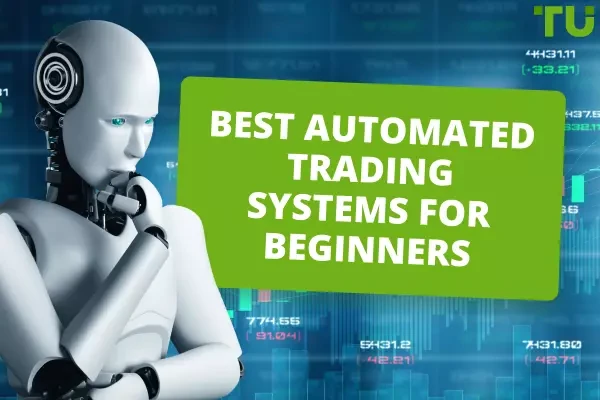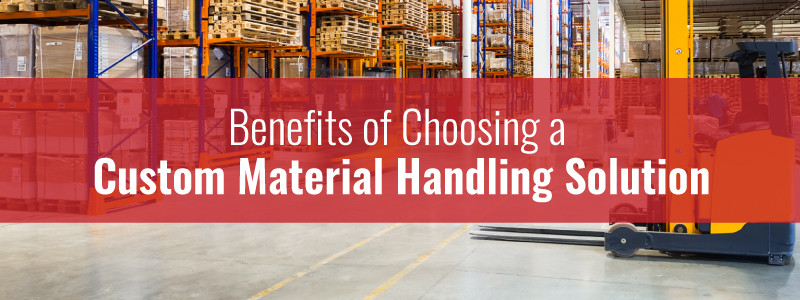Trading Automation
Jan 02, 2024
Digital Trade Platform

Trading Automation
Learn
about algorithmic trading, an intriguing outcome of technology's influence on
the trading industry. Using computer algorithms, this tactic carries out transactions
according to predetermined standards. These could include components related to
timing, volume, or pricing.
Algorithmic
trading offers advantages in terms of accuracy and speed, but there is some risk
involved. These risks escalate, especially if a well-thought-out trading
algorithm is needed, or if unexpected market events occur that the algorithm is
unable to account for.
Trading at a High Frequency
High-frequency
trading (HFT) is another marvel of technological advancement in the trading sector.
Using sophisticated algorithms, specialized instruments, and cutting-edge
machinery to transact assets swiftly is known as high-frequency trading. These
tools are used by HFT corporations to quickly complete hundreds, even millions,
of trades. Because of how quickly and heavily the market is traded, there are
times when it can be quite volatile. It may be dangerous, but for those who can
successfully navigate these waters, there may be abundant trade opportunities.
Trading
with Machine Learning and Artificial Intelligence The future of trading is
being altered by machine learning (ML) and artificial intelligence (AI). These
tools are capable of real-time analysis of massive volumes of data, pattern recognition,
and market trend forecasting. These characteristics allow AI and ML to
continuously develop trading strategies based on the most recent data, as well as
automate deals.Blockchain-Based Trading
The revolutionary
technology known as blockchain, which drives crypto currencies, is transforming
how markets operate. Blockchain technology reduces costs and improves transaction
efficiency by doing away with the need for middlemen in financial transactions.
It is decentralized, transparent, and safe.
Trading Crypto currencies
In
relation to crypto currencies, new trading opportunities have been made
possible by the rise of virtual currencies like Bitcoin, Ethereum, and many more.
Investors have experienced unprecedented market volatility as a result of trading
in these digital assets. Digital wallets and exchanges provide platforms for
the purchase, sale, and storage of these digital assets, while blockchain technology
facilitates safe and transparent transactions. Each is important to the crypto
currency trading process.
Risks
Associated with Digital Trading Still, there are risks associated with digital
trading, just like with any other financial venture. For instance, there are legitimate
security risks in the digital sphere. Hacking, phishing, and other cyber-crimes pose
a serious risk to digital traders. Furthermore, the volatility of digital
markets can lead to significant losses as well as opportunities for large gains.
In a climate that is changing so quickly, it is crucial to keep up with market developments
and maintain risk management techniques.
Self-Learning for Digital Trading
To properly
navigate the digital trading environment, education is necessary.
Traders need to have
the following tools in their toolbox:
Awareness of the various technologies at play.
The internal structure of online marketplaces.
Techniques for risk management.
You
may find a wealth of resources to educate yourself about digital trading. Online
courses, webinars, e-books, blogs, forums, and social media groups are a few examples.
By continuing to learn and stay up to date with current events, you may use the
information to make informed trading decisions.











